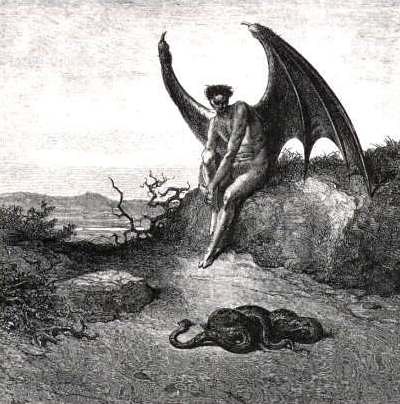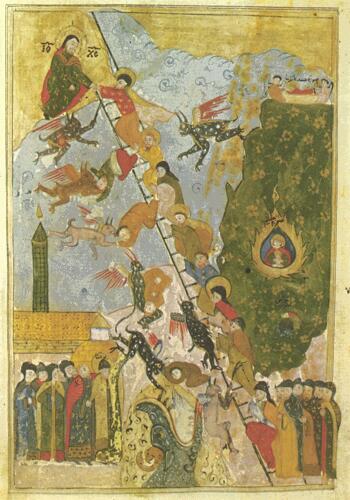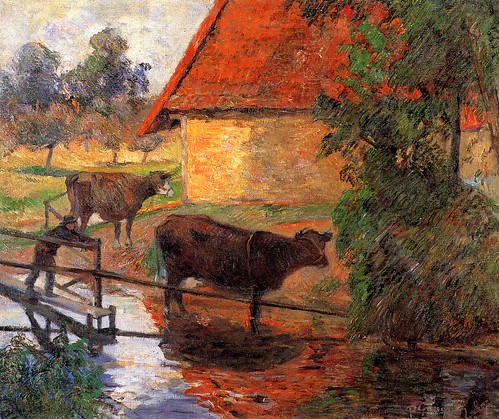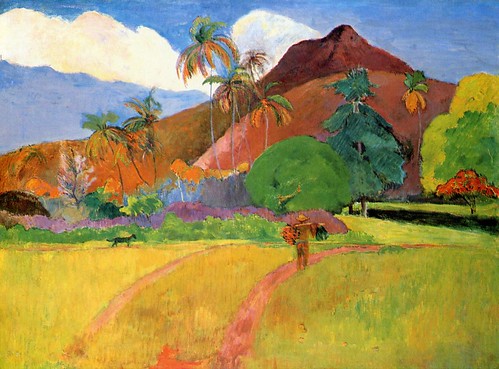A vertical format strengthens the theme of the great desirability as well as difficulty of reaching Heaven and the ease of descending to Hell instead.
Why? Because Heaven is "up" and Hell is "down," and a vertical format, which so unmistakably shows who's on top and who's below (metaphorically speaking) is the best format in which to show a hierarchy, in this case the hierarchy that has Heaven at the top and Hell at the bottom.
But why is Heaven up and Hell down? It's gravity that gives us an up and a down, and it's the effects of gravity that make going "up" difficult and therefore admirable and "down" easy and therefore unworthy. Down is the direction in which gravity constantly pulls us toward the center of the earth. Up is the opposite direction ... toward the sky. Gravity holds us in place on the ground or...if we dare to try to defy gravity and move upward by some means...is ever capable of pulling us back to earth, in a most deadly fashion if we dare to attempt to go further than we safely can. For most of the time humans have noticed this they have not had airplanes nor were they able to go so far "up" that they escaped the pull of gravity, so when they imagined gods - beings superior to us - they imagined them like the clouds and stars and the sun and moon, apparently unaffected by this powerful force that we mere humans experience here on earth.

Lucifer - The Fallen Angel by James Donahue
For an angel who is no longer welcome in Heaven alas there is suddenly a very definite "down."
Source: Wikimedia
As for Hell, it is the opposite of Heaven and it is a place into which we "fall." Naturally it's "down." But it is not at ground level. It's even further down than that. We do not start out in Hell, after all, and so If we fall into it, it must be further down than the level at which we start out, even if we do not attempt to ascend to Heaven.

The Ladder of Divine Ascent - 1612
(The Heavenly Ladder of St. John Climacus)
Source: Wikimedia
According to an article in Wikipedia, St. John Climacus was "a 7th century Christian monk at the monastery on Mount Sinai." St. John's literary output included "The Heavy Ladder of Divine Ascent" in which he described the thirty "steps" one must take in order to reach Heaven.
One can see that it's a difficult climb to reach Heaven as there are many temptations by devilish types along the way which can lead one, no matter how high they have climbed to fall down further even than to the ground from which they began. It looks to me like a monster from below the ground has his mouth open ready to swallow up those who fall. In any case, obviously Heaven is Up (and a hard climb) and Hell is Down (and an easy fall), and a vertical format is very suitable to get this idea across.


